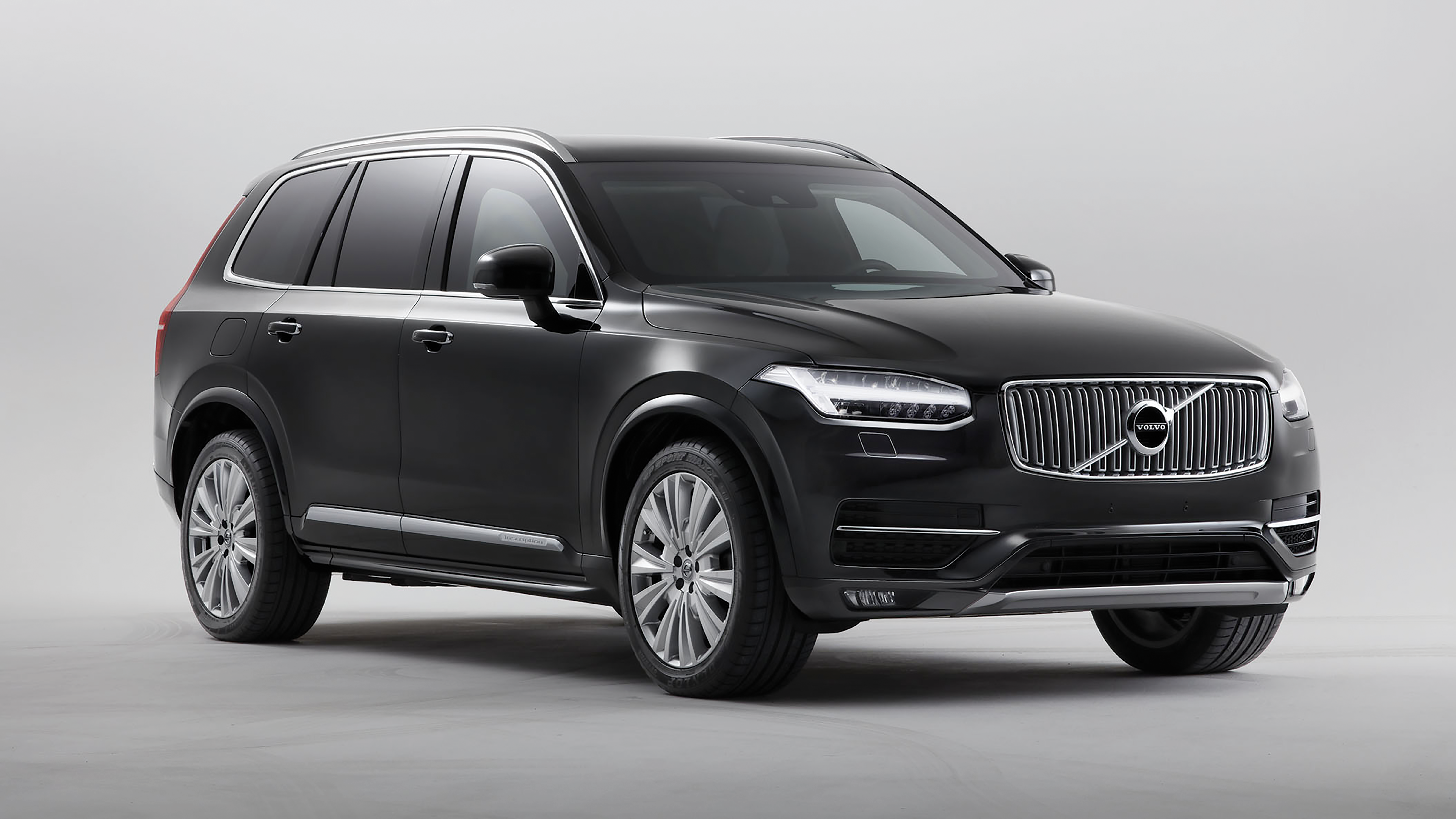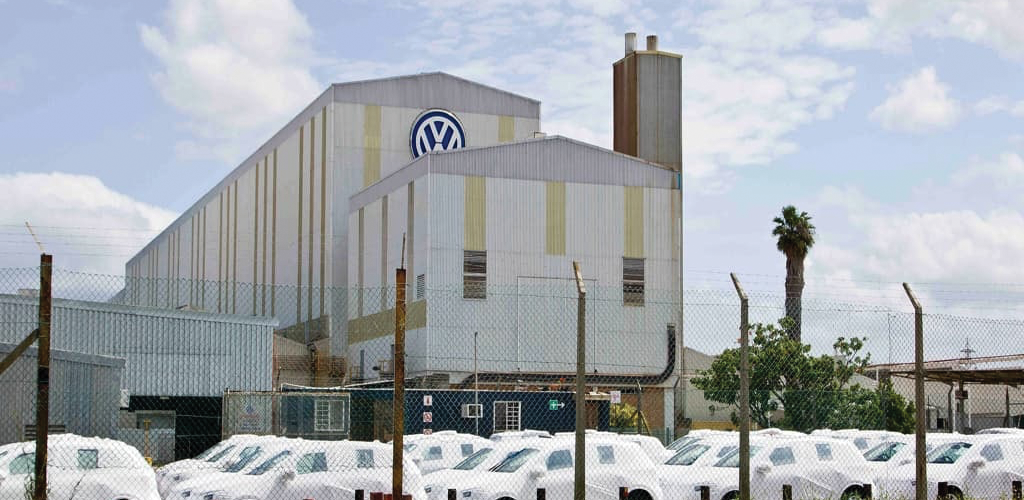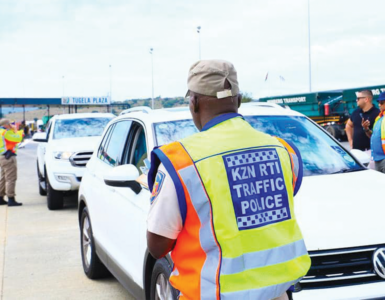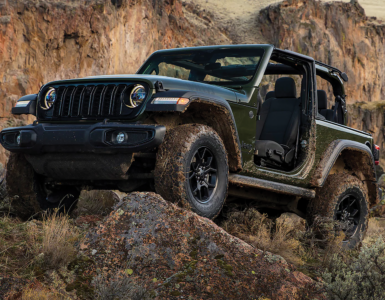ALARM BELLS: Yet another manufacturer hazards huge potholes ahead unless government release hand-brake on the economy
By Ali Mphaki
The engines of the South African automotive industry are humming at the same RPMs when it comes to how the ANC-led government is navigating the bumpy economy.
As if fitted with induction kits the increased airflow from first Volkswagen SA later joined by Ford SA in the week, the Vvvrrphaa coming from the manufacturers with their horns honking in unison isfor the SA government to (my own subtext) “keep left” or “pass right”.
If the Ramaphossa-led government is not hogging the right lane for the motor industry to pass, it is obvious the Thuma Mina truck has jacknifed somewhere in the middle of the NI freeway to Durban, blocking traffic on either side.
The hard reality is that port backlogs has seen more than 10 000 containers with R7-billion worth of products stranded outside three harbours, a huge cost to manufacturers like Ford which had to fly freight in.
The griding noises from manufacturers seem justified as they continue to miss targets “while the ships with the necessary parts are stranded outside harbour”, laments Ford SA president Neale Hill.
Like many other industries Ford has had to fly freight in as a result of the port backlogs that has seen more than 10 000 containers with R7 billion worth of products stranded outside three harbours.
“Our airfreight bill has skyrocketed. We can’t keep the plant standing still. We’re geared to produce more than 200 000 Rangers a year for local consumption and world-wide export…we’ve had to duplicate the orders and fly the parts in,” as quoted in Business Day. Ford and Volkswagen are two of seven major manufacturers, the others being Toyota in Durban, Mercedes Benz in East London, BMW and Nissan in Rosslyn, Pretoria and Isuzu in Gqeberha. Apart from the plant in Silverton, Pretoria, Ford also has their engine plant in Struandale on the outskirts of Gqeberha.
The industry currently directly employs more than 120 000 people with many hundreds of thousands more in the local supply chain. It contributes between 5% and 6% of the country’s gross domestic market. Huge potholes are strewn all over the path of the industry – loadshedding, chaotic port delays, crumbling rail infrastructure etc.
‘I fear that investments from parent companies are likely to stop after 2028 if the current situation continues,” as quoted in the local media.
Echoing similar sentiments Volkswagen AG board member and Volkswagen Passenger Cars CEO Thomas Schaefer has told the SA government to “focus” on fixing the country’s regulatory, energy and logistics problems. He said that while production at the brand’s Eastern Cape plant is safe “for now”, he issued blunt warnings about the future.
“Eventually you have to say, ‘why are we building cars in a less competitive factory somewhere far away from the real market where the consumption is?’ I’m very worried about it … We’re not in the business of charity,” Schaefer said.
DISCREET PROTECTION
ALL ARMOURING: Special armoured version of the Volvo XC90 flagship SUV has joined its local line-up directly from the Swedish manufacturer
By Ali Mphaki

Volvo is bringing the magic of superspy 007 James Bond to real life with the launch of their armoured XC90 on South African soil.
Starting from R2-million, the armoured XC90 relies on B4-level armouring, which means it can withstand fire from most handguns.
Starting life as an Inscription version of the XC90 T6 AWD (with a twin-charged 2,0-litre, four-cylinder powertrain offering 235 kW and 400 N.m), the vehicle is sent from the factory in Sweden to a company called Trasco Bremen in Germany, where it gains 10 mm high-strength steel armour and 50 mm thick glass, among other items.
Volvo says the armour adds around 1 400 kg to the XC90, which brings the total weight of the car up to a whopping 4 490 kg (with five occupants on board). To cope with this increased heft, the vehicle is fitted with an uprated suspension system and new brakes.
Discreet armouring is purposed to provide bullet resistance capabilities without alerting any would-be hijacker or criminal of a vehicle’s armourment. The B4-rated armourment adds roughly 300kg to the already hefty SUV. As such, Volvo has “optimised” the XC90’s chassis and braking system to compensate for the added weight.
Bullet resistance aside, the benefit of the armoured XC90 being fully approved by Volvo is that it retains the standard configuration’s 5-year/ 100 000 km warranty and the maintenance plan. Pricing for the armoured XC90 will start at R2,5 million.
We’ve noted a rising demand for armoured vehicles both globally and here in South Africa, with the Volvo Cars Special Vehicles division having received numerous requests to develop an XC90 with ballistic protection over the past few years. The addition of this special derivative to our local range means we can now provide a factory-backed solution to select individuals who desire that extra layer of protection.”- Greg Maruszewski, Volvo Car South Africa Managing Director.
The word “discreet” is used to refer to the visibility of the armouring material which is integrated into the vehicle. For reference, “non-discreet” armouring would be more pronounced and visible, akin to the armourment
Is it not surprising therefore to learn that our highly impressionable. South African politicians are said to be scrambling for the latest armoured Volvo XC90..
All armouring materials – from the reinforced laminated glass to the high-strength steel plating and special aramid composites – are discreetly integrated into the SUV’s existing design to protect the vehicle’s occupants, without ever being seen.
The XC90’s clean Scandinavian styling, meanwhile, provides a luxurious look without attracting any unnecessary attention.
MOTORING:
Briefs
HAPPY DIESEL
Diesel users can look forward to an even bigger price cut when adjusted fuel prices come into effect on Wednesday, 6 December. Latest indicators suggest a drop in fuel prices for December.
If fuel price predictions for December remain on track, Mzansi motorists might even have some spare change in the cubby-hole to arm themselves with a customary pie and Coke “bribe” for their festive travels. The latest daily snapshot from the Central Energy Fund (CEF) shows a continuation of November’s strong over-recovery, which could lead to a possible price cut of R1.03 for 95 Unleaded petrol.-The Citizen
VW CUTS JOBS
Jobs cuts will be made across Volkswagen, CEO Thomas Schäfer has confirmed, after claiming the company is “no longer competitive”, due to its high cost and low output. The news, reportedly told to managers this morning, comes amidst an extensive €10 billion (£8.6bn) three-year savings programme that Schäfer announced earlier this year while proclaiming “the roof is on fire”.
The manufacturing giant had previously pledged to not carry out dismissals until 2029, but during this morning’s meeting, human resources board member Gunnar Kilian said it would take advantage of the “demographic curve” to reduce staff numbers by offering partial or early retirements, Reuters reports. “We need to finally be brave and honest enough to throw things overboard that are being duplicated within the company or are simply ballast we don’t need for good results,” Kilian said.
THE RISE OF SPEED LIMITERS
Since 2022, all new models launched in Europe must be equipped with Intelligent Speed Limit Alert technology, while all existing new models must have them installed as an update by 2024.
The technology was made law for Europe in 2019, with bolder plans ahead for those systems to not only alert the driver if they’re speeding, but also to slow the vehicle as needed. Under the Morrison government of the time, Australia was understood to be preparing plans to follow Europe’s lead, but there has been no announcements or comment offered in the time since. Nonetheless, a number of new cars coming into Australia are now equipped with these alert systems. In most cases, the alerts are visual only, while others like those from Hyundai and Kia will deliver an audible alert whenever the identified speed limit is exceeded – determined through GPS and camera-based speed sign recognition.WHICHCAR?
NEW ZN VEHICLE NUMBERING SYSTEM
The KwaZulu-Natal Department of Transport is confident with the state of readiness for the rollout of the new vehicle licence numbering system for the province, which will commence on December 1, 2023. The department said in the new system, the number plates will not depict the towns and demarcation, but will instead have a continuous numbering system, and all registration numbers issued in the province will be depicted as “ZN”.
The department said the changes to the new license numbering system are prompted by the fact that some of the towns have run out of numbers. The security features will also assist in the fight against crime.
ONE MORE THING…..
Who gets the traffic ticket in a driverless vehicle if it breaks the law? No one, if you’re letting the computer take the wheel in California. According to a new report, law enforcement officers in the state can only issue citations for vehicles with actual drivers.
NBC Bay Area obtained an internal memo from San Francisco Police Chief Bill Scott that said officers could not issue citations for vehicles in a driverless mode for any moving violations. However, they are not entirely immune from the rules of the road, as self-driving vehicles are still susceptible to receiving parking tickets. The current law in California doesn’t consider these new technologies, creating an odd legal gap between self-driving cars and real drivers, but it’s not powerless.
The state suspended General Motors’ Cruise robotaxis from operating late last month, citing safety concerns, and other states have taken proactive steps with the technology.-moto1.com






